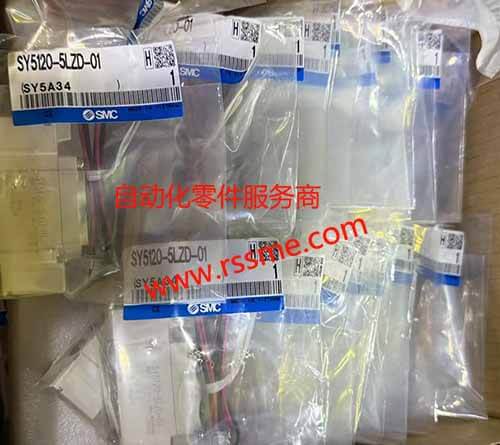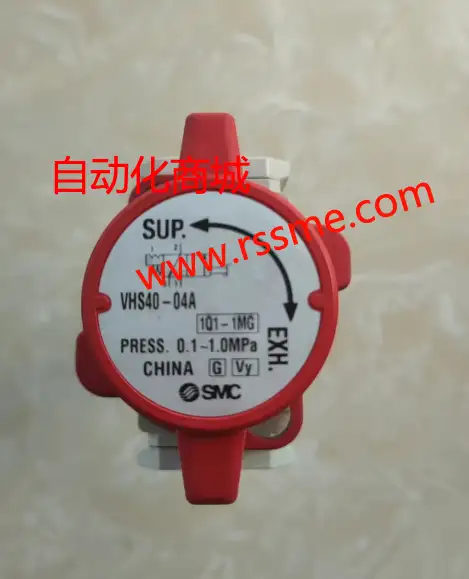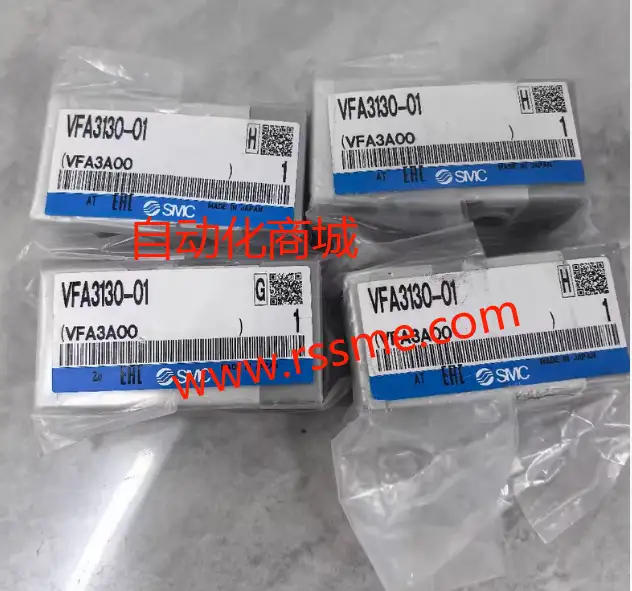Table of Contents
SMCcylinder is the core pneumatic actuator produced by SMC Corporation of Japan. It drives the piston through compressed air to achieve linear or rotary mechanical motion and is widely used in the field of industrial automation.
Text
The following is a brief introduction from the aspects of structure, principle, type, characteristics and application.
Core components
Cylinder: The inner diameter determines the output force, and the inner surface roughness must reach Ra0.8μm. The materials include high carbon steel (hard chrome plated to prevent rust), aluminum alloy, brass or stainless steel.
Piston: It is pushed by air pressure, and a combined sealing ring is used to prevent gas leakage, and the surface wear-resistant ring (polytetrafluoroethylene, etc.) reduces friction.
Piston rod: Made of high carbon steel plated with hard chrome or stainless steel, it is corrosion-resistant and wear-resistant, and transmits mechanical force.
End cover: It is equipped with air inlet and outlet, buffer mechanism (reduces impact), sealing ring (to prevent air leakage) and dust ring (to block dust).
Guide sleeve: It improves the motion accuracy and bears lateral load. The material is oil-containing alloy or copper casting.
Working principle
Compressed air enters the cylinder chamber through the air inlet, pushing the piston to move (linear reciprocating or rotating), and returns through the reset mechanism (such as spring) or reverse air supply when exhausting. The movement speed and output force can be precisely adjusted through air pressure regulation and flow control.
Main types
Classification by function
Single-acting cylinder: only one end is inlet, relying on spring/gravity reset, the output force is small, suitable for short-stroke scenarios (such as clamping, positioning).
Double-acting cylinder: alternating air supply on both sides, bidirectional output force, occupying mainstream applications (such as material conveying, machining).
Classification by structure
Standard cylinder (such as CM2 series): general linear motion.
Thin cylinder (such as CQ2 series): save installation space.
Rodless cylinder (such as CY series): avoid piston rod deflection, suitable for long stroke.
Guide cylinder (such as MGQ series): with guide rod to enhance the anti-eccentric load capacity.
Swing cylinder: output rotational motion (<280°), used for flip mechanism.
Classification by size
Micro cylinder (<10mm)
Small cylinder (10–25mm)
Medium cylinder (32–100mm)
Large cylinder (>100mm)
Performance characteristics
Efficient and reliable
High action speed (usually <1m/s), faster response than hydraulic/electric system.
Long service life (solenoid valve life >30 million times), resistant to high-frequency operation.
Environmental adaptability
Wide temperature range (-20℃~150℃), dustproof and waterproof design (high IP level), suitable for harsh working conditions.
Explosion-proof and fireproof, strong safety (pure pneumatic control).
Flexibility and economy
Compact and lightweight structure, various installation forms (flange, earrings, feet, etc.).
Low energy consumption (the medium is air), simple maintenance and low cost.
Application fields
Industrial automation: production line handling, assembly manipulators, packaging equipment.
Automobile manufacturing: welding robots, parts pressing, door control.
Semiconductors and electronics: chip grinders, spot welders, precision positioning platforms.
Medical devices: surgical instrument drives, automated operating tables.
Aerospace: landing gear control, door actuators.
Summary
SMC cylinders have become the core driving components of automation systems due to their advantages such as precise structure, fast response, long life and strong environmental adaptability. Its diverse types cover the full range of scenarios from microelectronics to heavy industry, and the future trend will be high-precision positioning, intelligent monitoring (integrated sensors) and customized design.
References
Contact Us

WeChat ID:rssme_com
Historical Articles
- 《Introduction of Japanese SMC cylinder》
- 《Festo R-3-M5 roller lever valve》
- 《Festo small slide DGSL-12-40-Y3A》
- 《Xinjie PLC CAM4-60T10-E》
- 《Cylinder GXQL, GXQ full series Made in China》
- 《Omron E3T-FL22 photoelectric sensor》
- 《Taiwan Jiazhun F&C sensor F3C-08EN02-N》
- 《SMC solenoid valve VFA3130-01 made in Japan》
- 《Original OMRON E3T-FT11 photoelectric switch》




在线留言